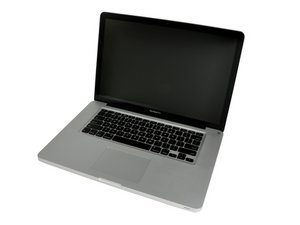Black screen after capacitor replacement
Hi all.
The MBP 15” Late 2011 I’m dealing with shows a black display. The Apple logo is not lit and a flashlight behind it shows no picture.
Here’s the story. The machine had the usual problem and the owner already tried GPU reflowing and reballing. Finally, I replaced the failing tantalum capacitor (5 MBPs successfully repaired during last couple of weeks). This time the success is only partial. While the display looks dead, an external monitor shows everything like it should. The machine is working, it chimes, it boots, keyboard is lit. Mac Info on external monitor shows that both graphics cards are working.
SMC and PRAM reset didn’t solve the issue. Disconnected and cleaned display cable, still black screen. Fuse is ok as multimeter beeps in diode mode.
I already tried to de- and resolder both the capacitor and the displaced inductor: doesn’t seem to be a problem of my soldering skill.
Any help is appreciated and no, I’m not sending the MBP to any genius, assistance etc. I’ll prevail, or die in the attempt :D
Update (01/06/2019)
Here’s the pic I was talking about

Is this a good question?

 2
2  1
1 
 291
291 